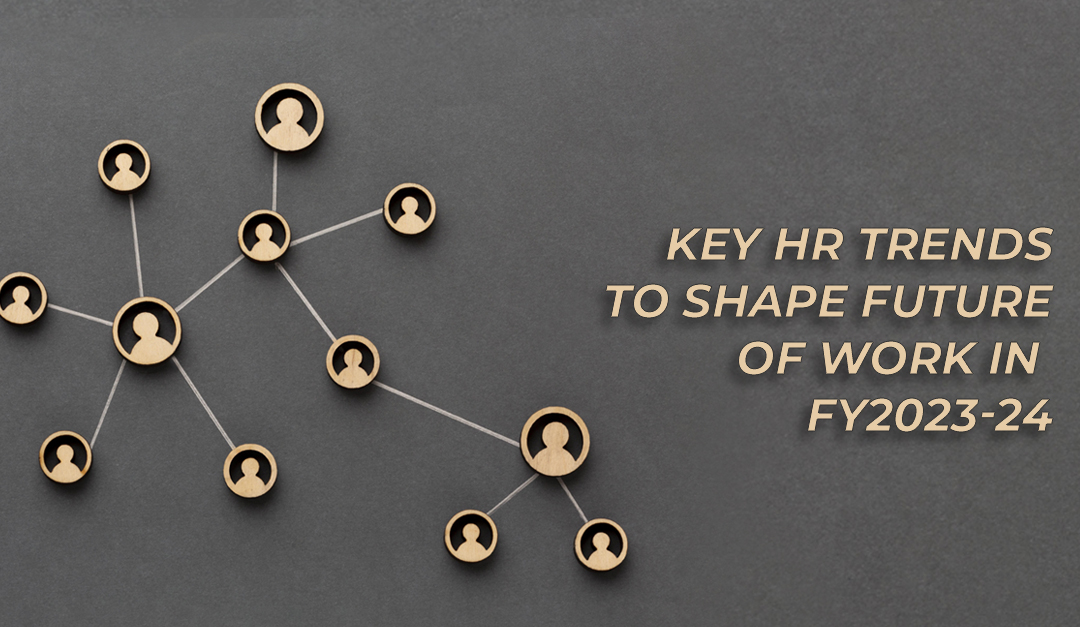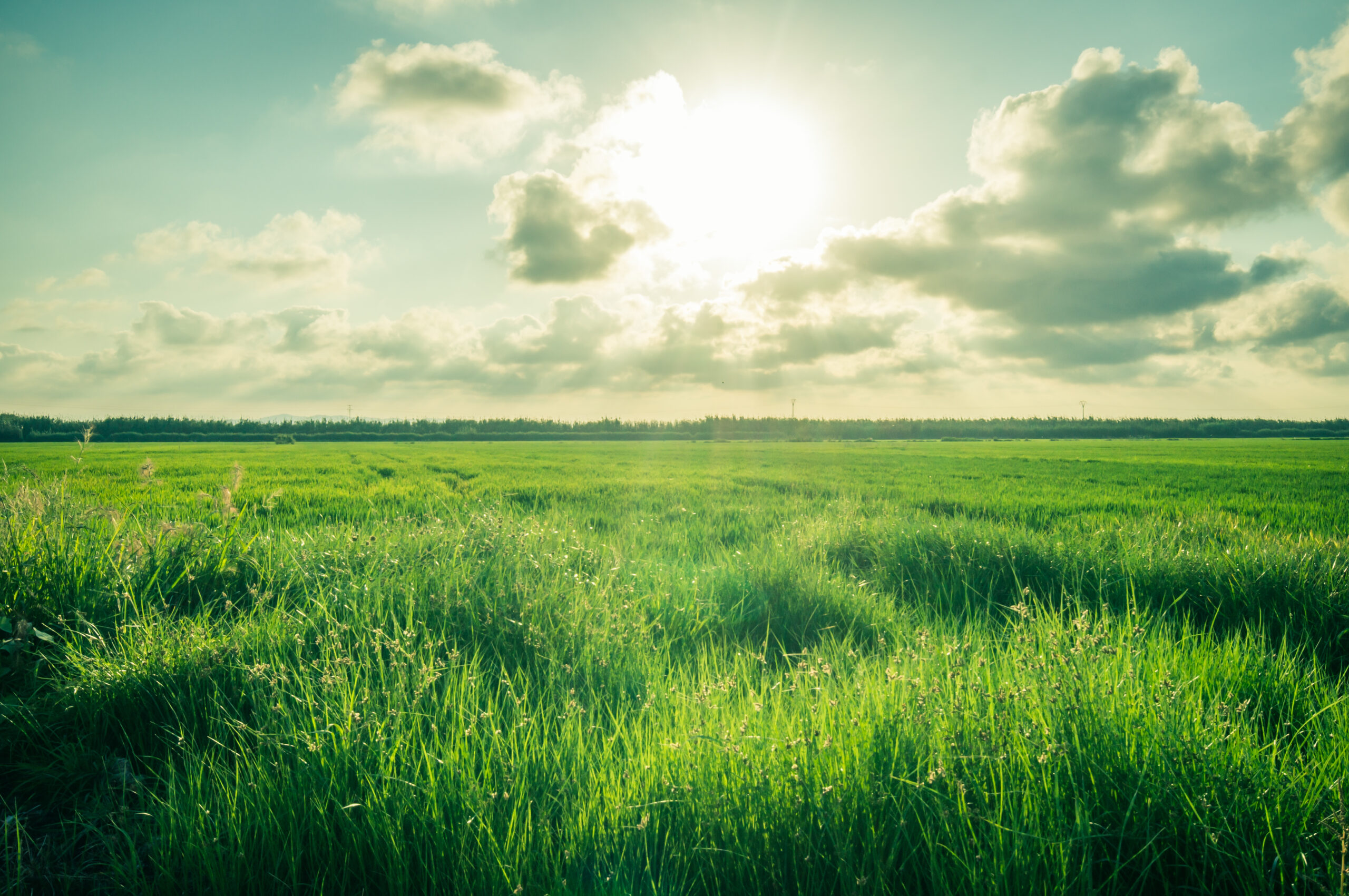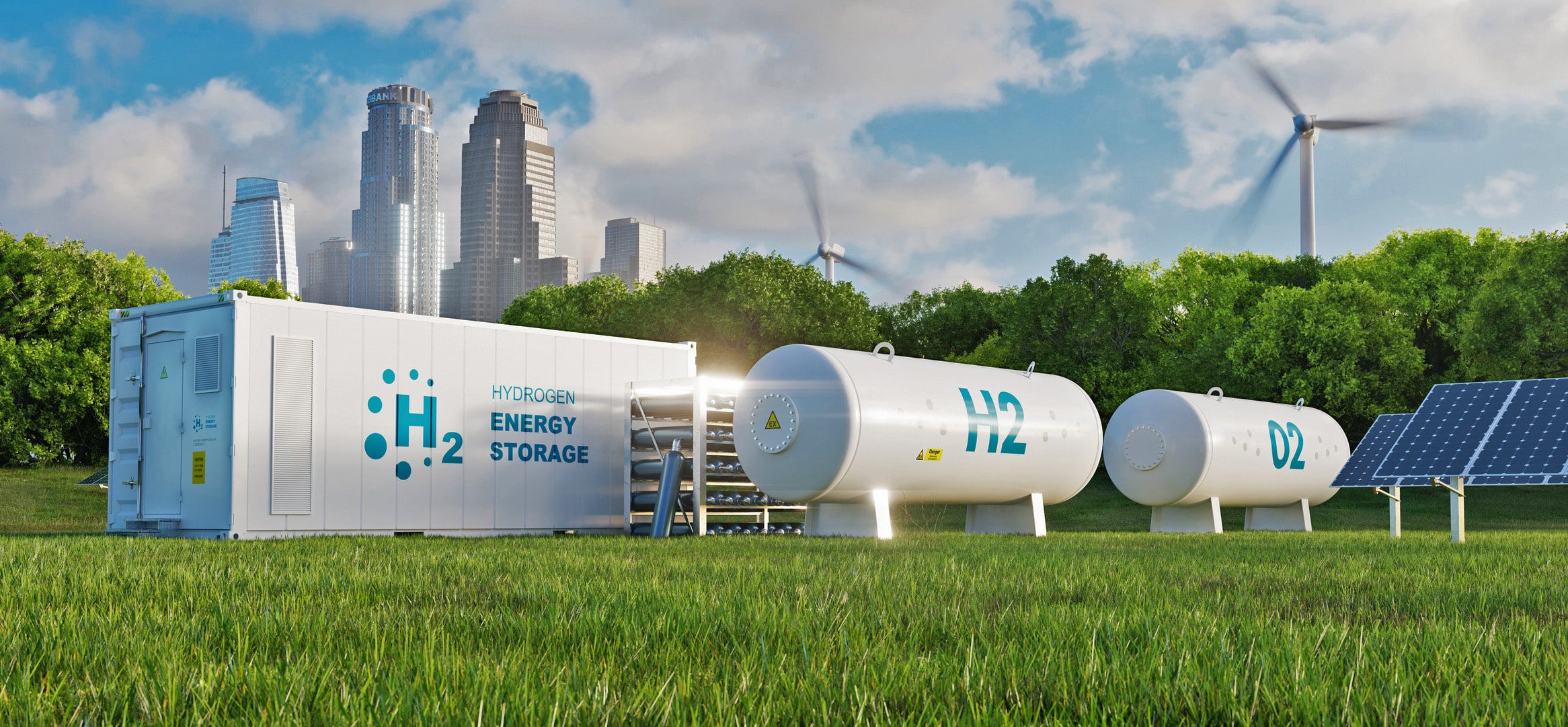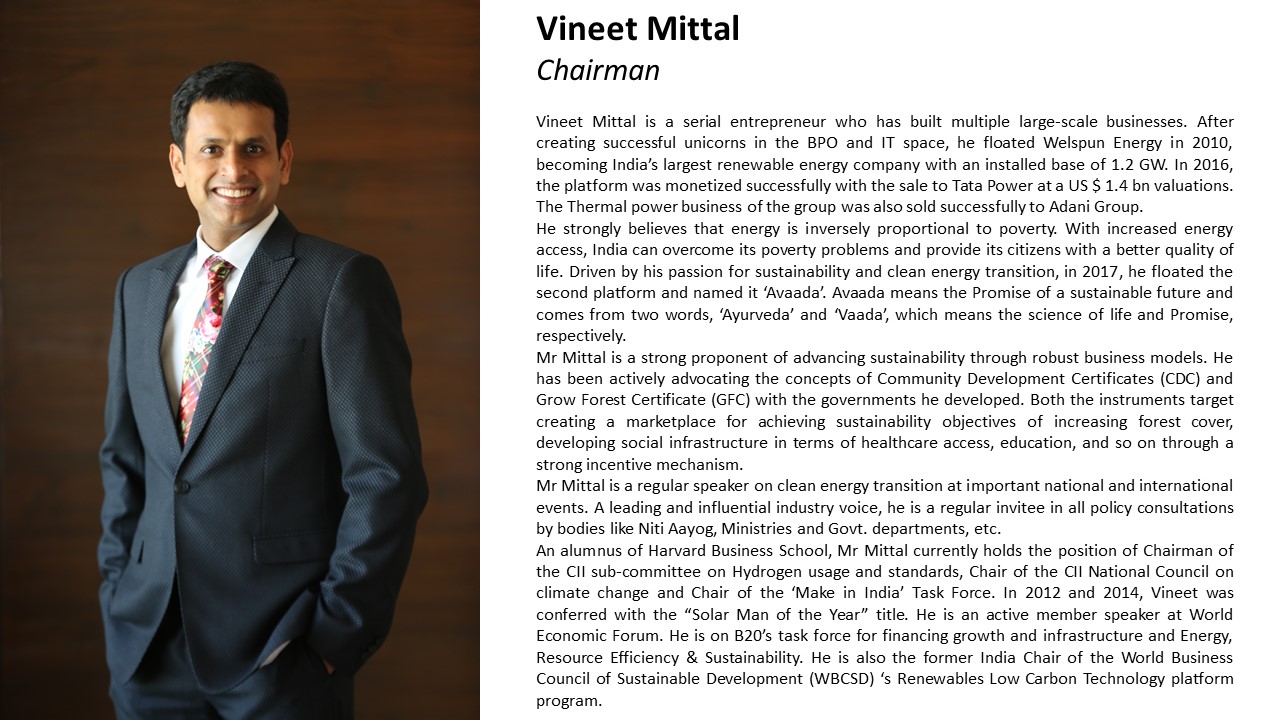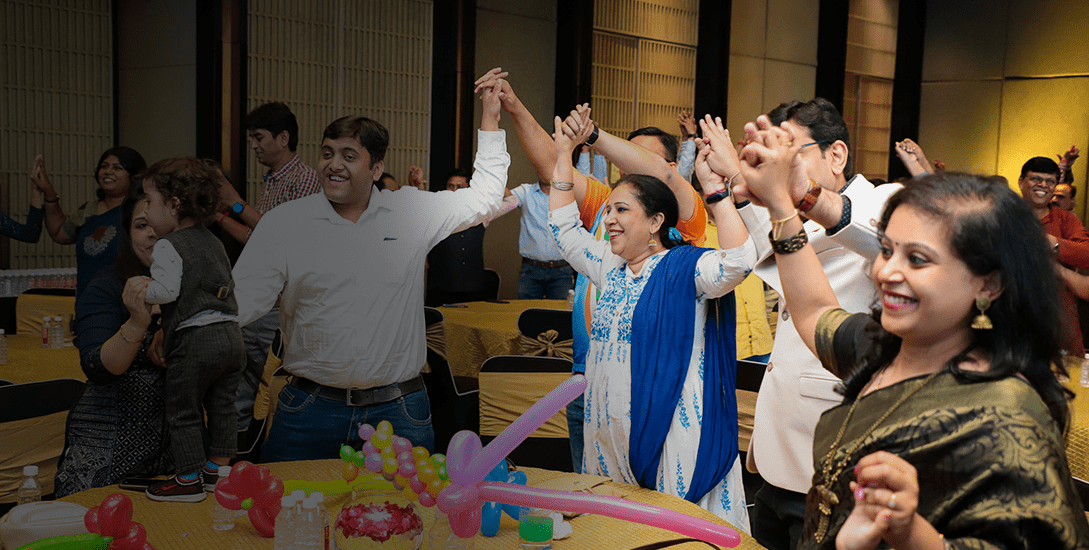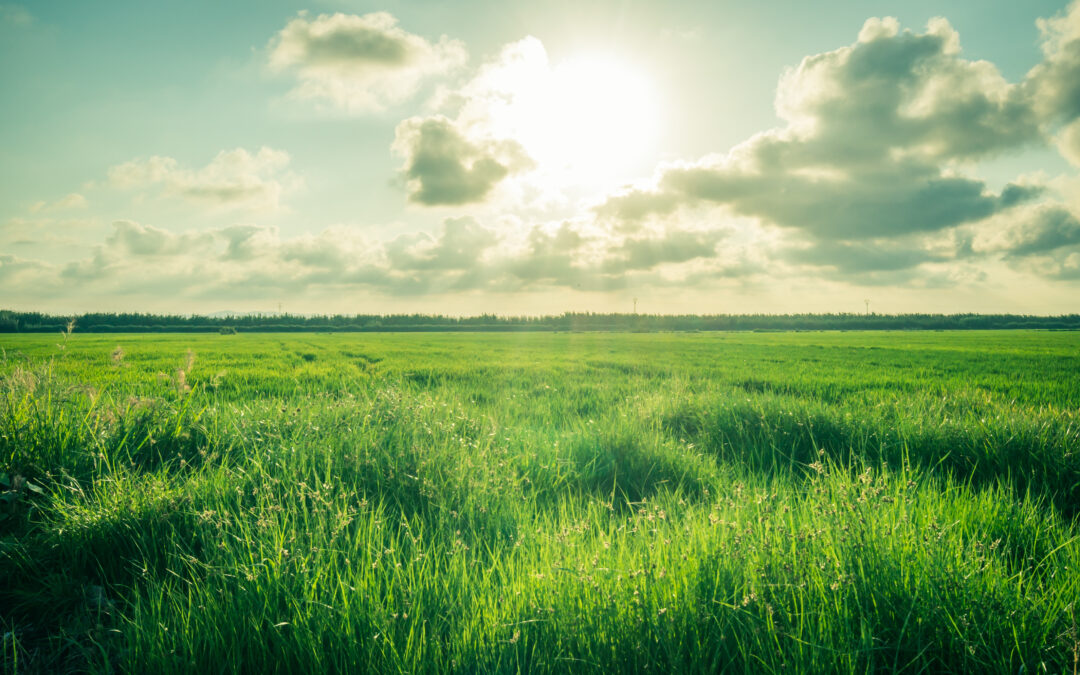
by Vineet Mittal | 5 June, 2022
समुद्रवसने देवि पर्वतस्तनमंडले ।
विष्णुपत्नि नमस्तुभ्यं पादस्पर्शं क्षमस्व मे
Mother Earth, who has the ocean as clothes, adorned by mountains and forests,
And is the consort of Lord Vishnu,
I bow to you to please forgive me for touching you with my feet.
The Vedas have endowed us with a vast array of knowledge that range from environmental protection to ecological balance to rainfall cycles, and just about every phenomenon that occurs on planet Earth. Our ancestors believed in ‘sanrakshan’ – mindful of the society’s role towards sustainability and ecological preservation.
Unfortunately, since the world seems to have grown around us, we have forgotten to fear the invisible cause-effect relations that drive our reality. Now, despite receiving light nudges and warnings across centuries, our collective ignorance in pursuit of creature comforts has lead us to cause irreversible damage to Mother Earth and she is done with throwing us humans helpful hints.
Transverse Impact of Climate Change
A clear, impartial observation highlights the impact climate change has had not only on the current Covid19 Crisis era but has been felt for many decades, amplifying with each year and observed on a worldwide scale. We have always sensed the wrong and harm we have inflicted on nature for centuries. Mother Earth has had many warriors and champions, they warned us, threatened us but humanity never heeded.
Now that nature has taken matters into its own hands and we have been – as a species – driven into hiding and we need to press the refresh button. Things can’t go back to the ‘old ways’ so we have to look, learn, adapt and evolve. From factories to everyday grocery shopping – nothing can stay the same. Burning fossil fuel, the Amazon forest fires, bush fires as well as rising sea levels can no longer be terms we simply find bound between pages inside dusty, old libraries. The wrath of nature has brought these facts closer to home and impacted our everyday lives.
As per the World Health Organization (W.H.O.), fuel emissions alone kill an estimated 7 million people worldwide every year. The ice caps are melting and the sea-water levels are rising by 7 to 8 inches on average since 1900, slowly swallowing land and homes while fueling more inland flooding. From our homes to health to food scarcity if we don’t learn to adapt and grow – extinction isn’t a far off concept.
Playing a balancing game with nature
Humans are driven by comfort and are constantly challenging Mother Nature. Human activities like urbanization, deforestation, infrastructure building, etc. have led to severe decline of pristine natural environment. Rapid ice melting to glaciers floating along with an ever increasing human population had led to depleted biodiversity and loss of multiple essential natural habitats.
From polluting the water to excessive vehicular use, we as a species have pushed a multitude of flora – Silphium, Rhynia, Sigillaria – and fauna – the Black Rhinoceros, White Dolphin, Passenger Pigeon – towards absolute extinction. We have destroyed the balance between several ecosystems whose stability is amicably interdependent.
So then the question arises – ‘Can we undo our harmful actions?’
Even though the answer isn’t quite as straightforward as a yes or a no we need to try.
The solution, it seems, lies in one simple concept – Harmonious Sustainability.
Luckily a lot of research and holistic studies have been done for us. Extensive studies on the ‘Charak Samhita’ with special focus on the third chapter on epidemic diseases could be a start. It elaborates on living together as one with nature and learning how to notice warning signs.
Technology has brought us far. By rebuilding the world and marrying it to nature through eco-friendly methods is a successful step forward. From celebrating renewable energy to growing with plants and trees in their natural habitat to co-existing peacefully with other species are some foundational ideas that encourage Sustainable Living.
Just have faith and take a step forward. For now, Nature has begun to heal; let’s not miss this chance to create a sustainable future for the many generations that are yet to come.
विश्वंभरा वसुधानी प्रतिष्ठा हिरण्यवक्षा जगतो निवेशनी ।
वैश्वानरं बिभ्रती भूमिरग्निमिन्द्रऋषभा द्रविणे नो दधातु ॥६॥
She (Mother Earth) is All-Bearing, She is the Producer of all Wealth,
She is the Foundation on which we live,
She is of Golden Bosom, the Dwelling Place of the World,
She holds The Universal Fire within Her,
May the Mother Earth bestow on us the splendour of that Fire and make us strong.

by Vineet Mittal | 4 June, 2022
माता भूमि पुत्रोहं पृथिव्या
During the Vedic period, we used to live in harmony with nature. The Vedas have several references on environmental protection, ecological balance, weather cycles, rainfall phenomena, the hydrologic cycle, and related subjects that directly indicate the high level of awareness of the seers and people of that time.
Rig-Veda states that “the sky is like father, the earth like a mother and the space as their son.” The universe consisting of the three is like a family and any kind of damage done to any one of the three throws the universe out of balance.
It is also stated in Upanishad that “The God who exists in the universe, lives in air, water, in fire and also in trees and herbs, men should have reverence for them.”
In fact, man is forbidden from exploiting nature. He is taught to live in harmony with nature and recognize that divinity prevails in all elements, including plants and animals. The Rishis of the past have always had great respect for nature. Theirs was not a superstitious primitive theology. They perceived that all material manifestations are a shadow of the spiritual.
But unfortunately, Today Indian rivers are the destination for waste produced by hundreds of industrial units, our cities have become gas chambers, oceans have become the dump yard for plastics and rapid urbanization leads to deforestation. The greed of mankind has led to grave danger to the future of the environment.
Mahatma Gandhi said –
“The world has enough for everyone’s need, but not enough for everyone’s greed.”
The effect of global warming and climate change are well emphasized in global narratives and India can neither remain unaffected nor be a mute spectator.
The punishing long and scorching summers and uneven rainfalls are just the latest indicators that we need to do more to hold back climate change. Solutions to control such devastations are within our reach, but to capture them there is a need to take urgent consolidated actions across every level of society and build a future for our coming generations that are sustainable and resilient.
We are all responsible as individuals, in terms of changing our habits and living in a way that is more sustainable. Now is the time for people in every facet to raise their voices and urge each other to take a historic first step towards a sustainable future. We must reduce carbon emissions to the point where we hold global warming to no more than an additional 1.5 °C.
In our journey towards carbon-neutral, the private sector will play a key role in accelerating global decarbonization by setting science-based targets to reduce emissions within their operations and value chains. Moving ahead, we need deep and sustained decarbonization of the industry at all levels—Hard to abate sectors, food production and consumption, transportation, construction, manufacturing, and retail. To do this, we require new and innovative solutions that transform the way stakeholders engage with the natural world. Industries must switch to green & sustainable energy like solar & wind. One tool that could help the ‘hard to abate’ sector is green hydrogen & green ammonia.
Every country, city, financial institution, and company should adopt plans for transitioning to net zero emissions by 2050 and take decisive ACTION NOW.
Our PM Shri Narendra Modi always says – India believes in वसुधैव कुटुम्बकम.
Means ‘The whole Universe is one Family’
He has made a paradigm shift to a “whole-of-society” approach by involving and engaging sub-national and local governments, civil society organizations, local communities, people in vulnerable situations, and the private sector.
With his motto of ‘Sabka Saath Sabka Vikaas’ (Collective Efforts for Inclusive Growth), serious efforts have been made in the county to develop a robust SDGs localization model centered on adoption, implementation, and monitoring at the state and district levels.
We have Science with us; technology is with us. We just need to step up to combat climate change. Azadi ka Amrit Kaal is a make-or-break year to confront the global climate emergency.
Let’s UNITE and FIGHT for a sustainable future.
We must turn this momentum into a movement.
Jai Hind
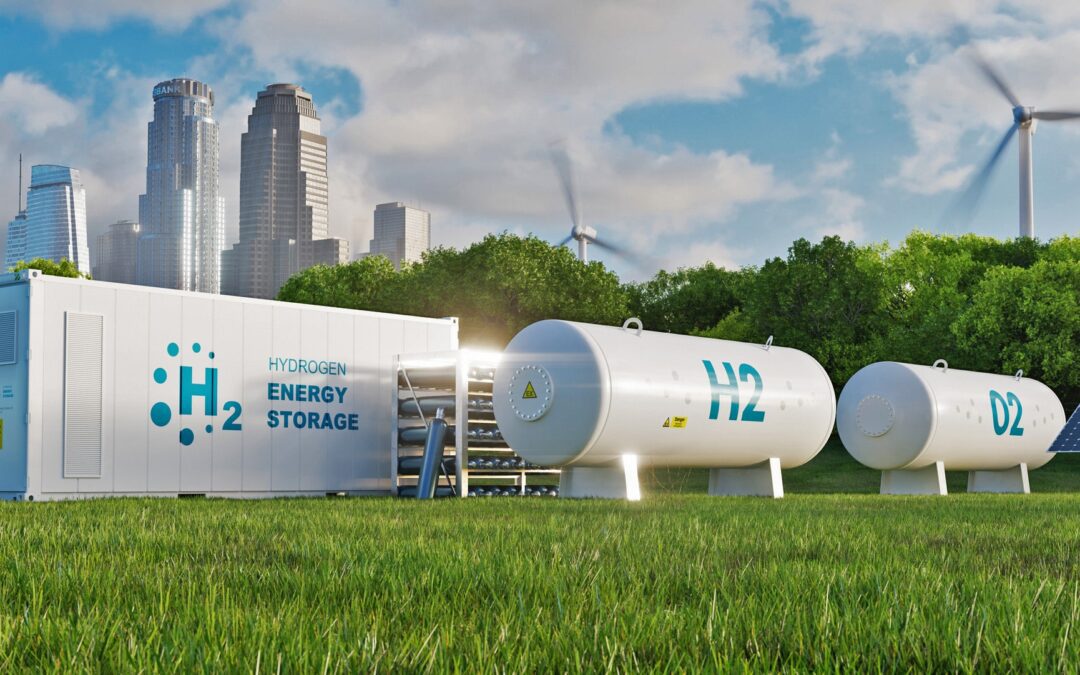
by Vineet Mittal | 26 April, 2022
The Ukraine – Russia war has led to the prices of #CrudeOil shooting to $130/barrel, the highest the world has witnessed in over a decade. The rise in prices of oil, #NaturalGas and #Fertilizers highlight India’s vulnerability to geopolitical sanctions. #GreenHydrogen is an emerging option that will help reduce India’s vulnerability to such price shocks.
Hydrogen, as an energy carrier, is crucial for achieving decarbonisation of hard-to-abate sectors. Many sectors such as iron ore and #steel, fertilizers, #refining, #methanol, and #maritime shipping emit major amounts of CO2, and carbon-free hydrogen will play a critical role in enabling deep decarbonization. India is one of the early movers in the green hydrogen space. More than 70 million tons of hydrogen are produced annually across the world, with India clocking around 8% of global production. India’s distinct advantage in low-cost #RenewableEnergy generation and world-class clean-power execution capabilities make green hydrogen the most competitive. This enables India to be potentially one of the most competitive producers of green hydrogen in the world. As India is targeting 500 GW of renewables by 2030, green hydrogen could act as a solution to extract value out of excess renewable power and avoid the duck curve possibilities in the grid.
Hydrogen is the technology of the future, a future that is not far away. By 2025, we will be using Hydrogen as a major fuel. India has announced the mission but we also need to develop a sound understanding of the hydrogen ecosystem. We do not have to import the technology. We have to look at what is happening in this domain globally and develop partnerships to develop this technology in a way that ecosystem – production, storage, transportation. A lot of R&D needs to be done before it becomes a reality. Govt. must allocate a budget & promote R&D for newer technologies like Green Hydrogen & Green Ammonia; along with time-bound approvals to set up the plant.
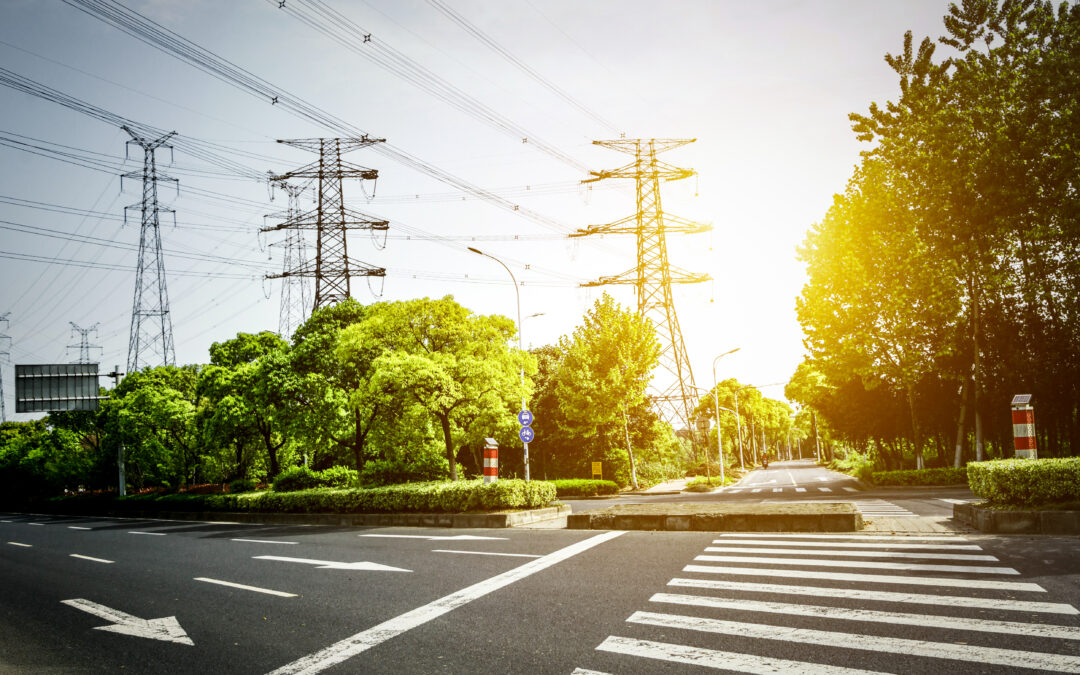
by Vineet Mittal | 1 July, 2020
Indian power sector reforms started in the early 1990’s and with the key objective of improving the financial and operational performance of utilities and gradually introduce competition in the market. While the generation and transmission sectors have witnessed major changes and become extremely competitive, power distribution companies have continued to struggle and are in precarious financial condition. While the results of reforms have been mixed, power market development in the process has emerged as a silver lining. India currently boasts of a robust bilateral along with two functional power exchanges on which 10%-12% of total power is consumed in the country.
Electricity distribution companies (DISCOMs) engaged in the retail supply of electricity in India procure power either from generators or from trading companies for long (up to 25 years), medium (up to 5 years) and short-term (less than 1 year) modes. Long-term contracts ensure the reliability of supply at an optimized cost whereas surplus requirements are met from medium and short-term power purchases. Over the decade, the share of medium/ short-term power purchase has surged (6% in FY 09 to 12% in FY 19). In the current scenario, unpredictable demand along with a large amount of intermittent Renewable Energy, integration into the grid poses difficulty in grid balancing. These imbalances are met through the following real-time power trading instruments–
- Electricity traded under bilateral transactions through Inter-State Trading Licensees (only inter-state trades)
- Electricity traded directly by the Distribution Licensees (also referred to as Distribution Companies or DISCOMs)
- Electricity traded through Power Exchanges (Indian Energy Exchange Ltd (IEX) and Power Exchange India Ltd (PXIL))
- Electricity transacted through Deviation Settlement Mechanism (DSM).
Bilateral trade functions intra-day from 1 day up to 1 year whereas power exchange performs through spot contracts for the same day, next day, and weekly. The power exchange market is much more volatile and depends on market conditions. Presently, Intra-day purchase and sale of electricity is done based on Day-Ahead Market and most of the real-time imbalances are managed through the DSM. DSM is best suited to ensure grid security but fails in cost-effectively balancing the grid. Furthermore, the absence of gate closure and provision of ‘Right to recall’ breaks the sanctity of schedules as well as restricts the generators from selling the un-requisitioned surplus in the market.
To overcome the current challenges, Power Exchanges in India (PXIL and IEX) started offering a new ‘Real-time Market’ (RTM) power trading instrument successfully launched on June 1, 2020. It features a double-sided closed auction, half-hourly market (48 trading slots) with uniform price auctions with the concept of gate closure that will be operated on an hour-ahead basis. The objective of RTM is to support the DISCOMs in managing power demand-supply variation, depend less on DSM, and saving on huge penalties to enable the safe and secure grid. The current reform of the introduction of RTM shall increase certainty in the sector by the provision of gate closure and faster bidding mechanism.
The key implication of the real-time market for generators are provided below:
- Able to sell un-requisitioned surplus power by participating in RTM and maintain the better PLF for fuel optimization
- The generators having a long-term contract and participating in RTM will be required to share gains in 50:50 subject to the ceiling of INR 0.07/ kWh
- No sharing of losses between Inter-State Generating Station and beneficiary
- All the generators are expected to bid considering ramping and other technical capabilities
Similarly, there are many benefits that the RTM mechanism provides to DISCOMs
- It manages higher variability of increasing RE penetration in the supply mix
- Market discovered price is likely to be more efficient than the power procurement cost under the bilateral agreement
- Un-requisitioned surplus from suppliers of other DISCOMS is available
- DISCOMS can recall and sell in RTM
- DISCOMS can let the suppliers sell in RTM and share the gain without any sharing of losses
- DISCOMS can manage sign change requirement under DSM through RTM
Trading in the real-time market has picked up since its launch a month back. As the short-term market expands further, major efficiency gains can be expected. Going forward, the next logical step will be introduction of the derivative market mode which will enable improved price discovery and provide an option to DISCOMs and consumers to participate in such a market to hedge risk. Having a variety of power contracts for the trading of electricity is essential for the overall development of an efficient wholesale market. Moving ahead, the electricity regulatory authority might consider coming up with the right set of regulations and guidelines to promote the derivatives market in the power sector.
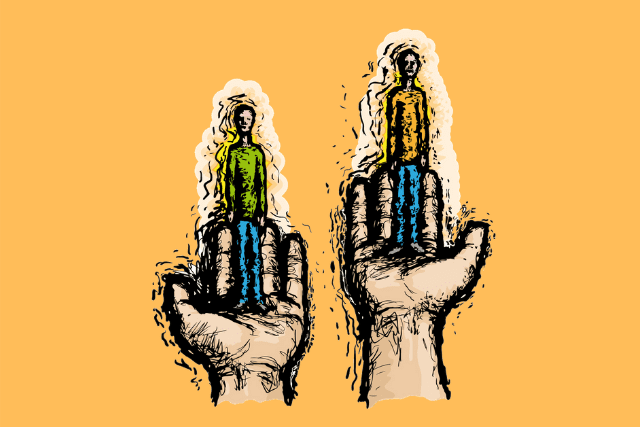
by Vineet Mittal | 17 May, 2020
“It is a mistake to think time is going away. Time is not going anywhere. Time is here until eternity. It is you who is going. You don’t waste time. Time is infinite. You waste yourself. You are finite. Your time on earth is finite. It is you that grows old and dies. Time doesn’t. So make better use of it.
Think of a lion & a shark. Both of them are natural-born hunters. But, a lion cannot hunt in the depths of the ocean and a shark cannot hunt in the jungle.
That a Lion cannot hunt in the ocean does not make it useless, and the same holds true for a shark that cannot hunt in the jungle. Both have their own environment & territory where they can flourish & grow.
If a rose smells better than the tomatoes, It doesn’t mean that it can make a better stew. Don’t compare yourself to others. Instead, use the time to discover yourself. Find your strengths & abilities. Look for them and build on it. All animals that exist, were in Noah’s ark. Snail is also one of those animals. If God could wait long enough for the snails to enter Noah’s ark, his door of grace won’t close till you reach your expected position in life. Never look down on yourself. Keep looking up. Remember that broken crayons can still colour & can craft a new artistic masterpiece.
Keep pushing. You can never tell how close you are to your goal!”





